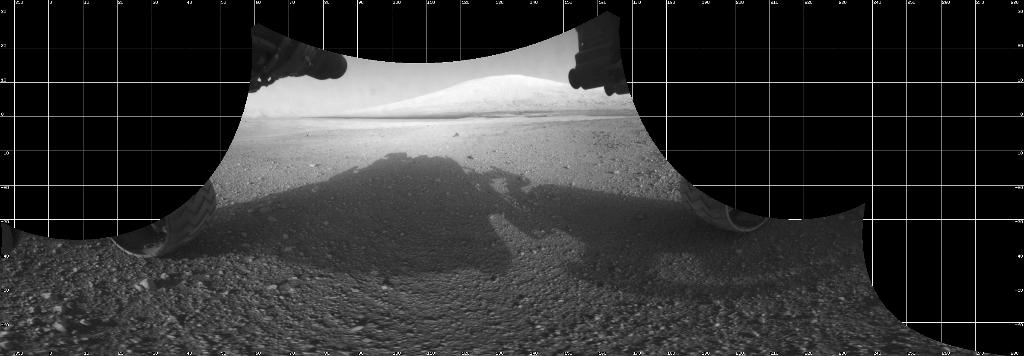Today was a great day. It was the first of four sols (martian days) that I am assigned to the tactical Long Term Planner (LTP) role, which means I attend meetings and am generally responsible for communicating LTP decisions to the relevant people.
It was also a hard day. The team has been working hard to find the right order and timing of activities over the next few sols. The LTPs have been making sol trees showing the various choices, considering the engineering constraints, and trying to optimize the outcomes of various necessary activities. The decisions were so complicated that we have had more than two significant plan revisions per sol for several sols. We finally found the right order for things just in time for solorrow (tomorrow's sol)! We knew it was right when each person we consulted provided more insights that supported the new plan rather than requiring changes. Whew!
At the end of my shift, after writing my notes, I send an e-mail updating a number of people on the new plan for Sol 19 (solorrow). One of the instrument Principle Investigators thanked me for my patience, and here is my response:
I don't feel like it was so much patience as finally feeling the path under our feet. In the late 1980's, I went on a hike up Mt. Baldy (just to the east of us here in Pasadena) and started to watch the sunset from the top with some friends. Then we realized that none of us had flashlights. We ran down as fast as we could with the remaining daylight. Then it got dark and we got to a wooded area. We lost the trail. I stayed in place while my friends when off in different directions looking for the trail. My philosophy was that I must be really close to the trail as one can't go very far off the trail in the dark. It turned out that it was only a foot to my right. Today was like that. We've been running around, trying to find the right path. Suddenly, things came together, and we got back on it. There is still a lot of work to get down off the mountain, but we have a plan that will keep us moving forward. I really like days like today...
For my next birthday, soon after that mountain trip, my dad gave me a day pack with a matching flashlight. I've almost always had a flashlight with me since then.
And reading my response now, I think I should say "There is still a lot of work to get to the mountain" since Curiosity is not yet even at the base of the trail up. Mt. Sharp is beautiful and it calls my spirit of adventure!
And reading my response now, I think I should say "There is still a lot of work to get to the mountain" since Curiosity is not yet even at the base of the trail up. Mt. Sharp is beautiful and it calls my spirit of adventure!
 |
| HazCam mosaic of Curiosity's shadow and Mt. Sharp. Photo Credit: NASA/JPL-Caltech |





